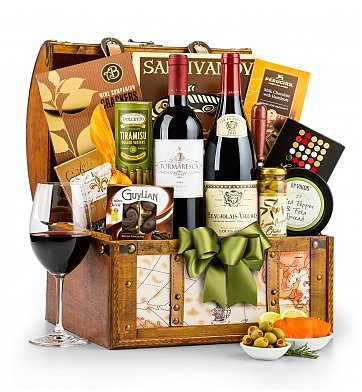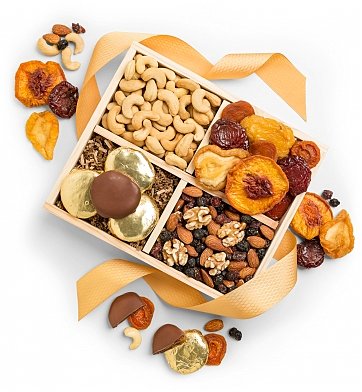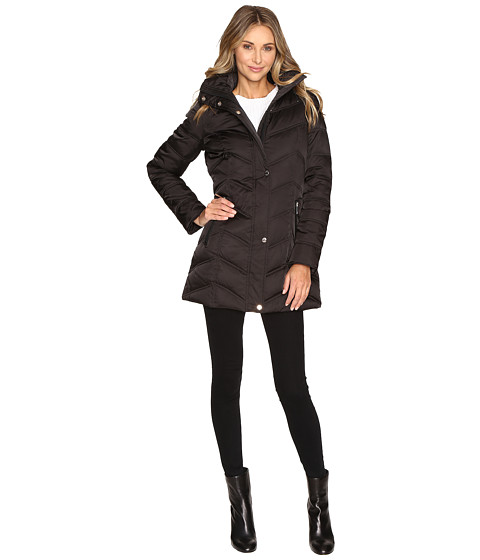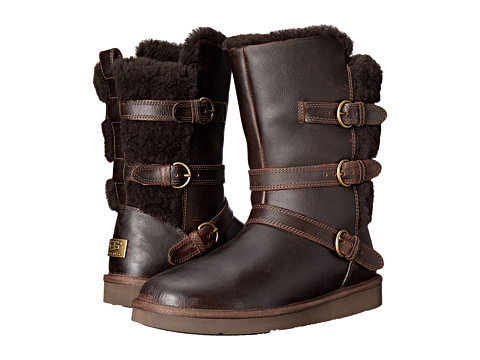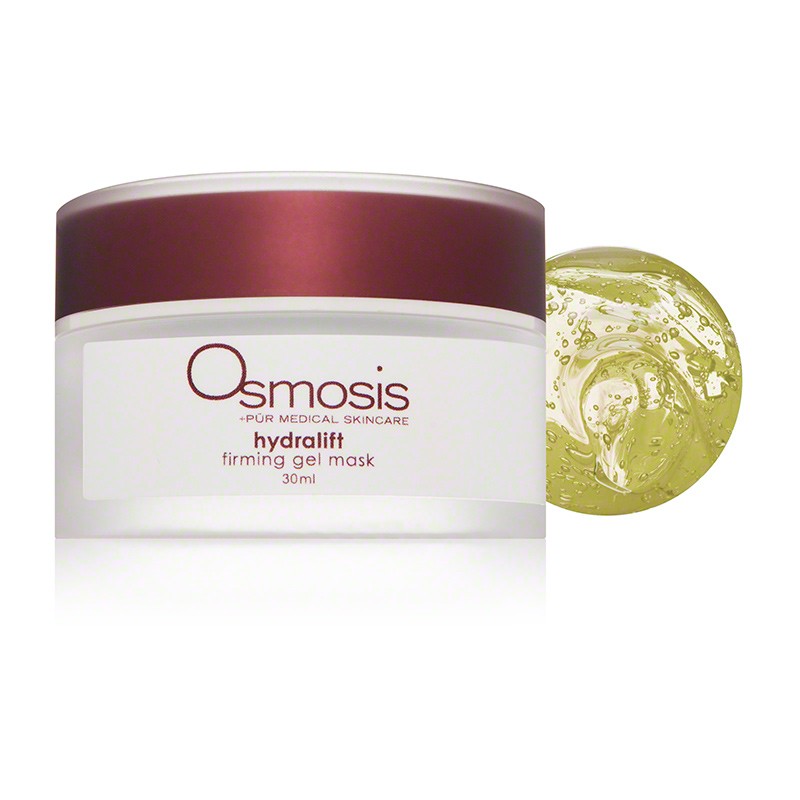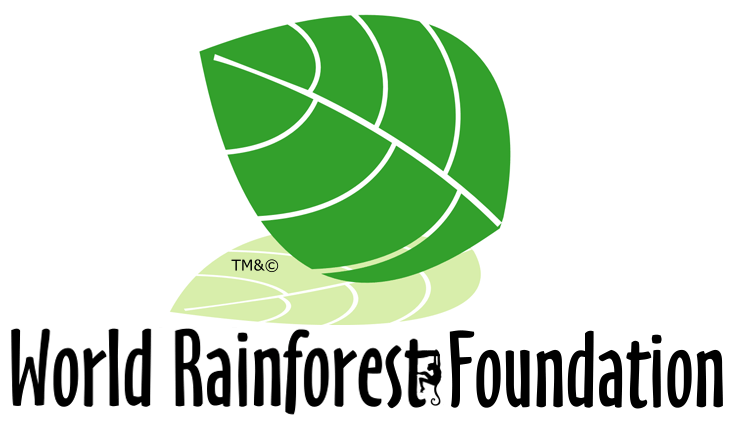Thanksgiving what it really means?
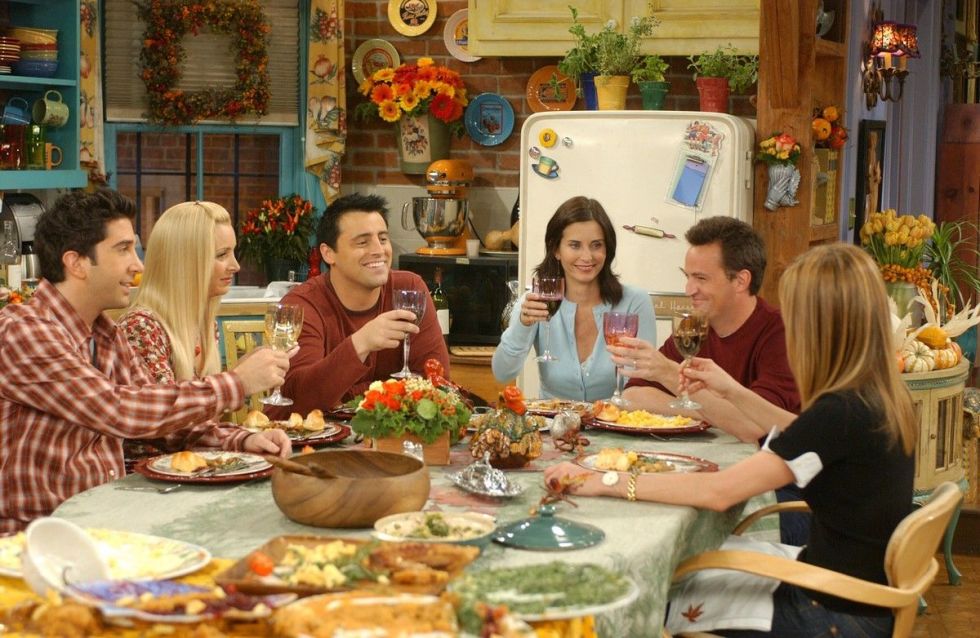 On this week 248 This post is about Giving thanks and yes enjoying the holiday also, let’s not forget to practice GRATITUDE!!! what is really about , we forget this action and it is so important to come from this place.
On this week 248 This post is about Giving thanks and yes enjoying the holiday also, let’s not forget to practice GRATITUDE!!! what is really about , we forget this action and it is so important to come from this place.
When we address GRATITUDE we move to an entirely different energy in our awareness and everything changes from this place we can source from thankfulness and appreciation for all and that wakes up kindness and love for all, is a great consciousness that we tend to overlook in our fast paced lives, please share and thank you once again for all your support and shares ,with love, gratitude and respect from all of us at Isabel’s Beauty Blog enjoy your holiday and be safe.
 grat·i·tude
grat·i·tude
ˈɡradəˌt(y)o͞od/
noun
noun: gratitude
The quality of being thankful; readiness to show appreciation for and to return the kindness.
Synonyms:
gratefulness, thankfulness
Is gratitude a feeling or an emotion?
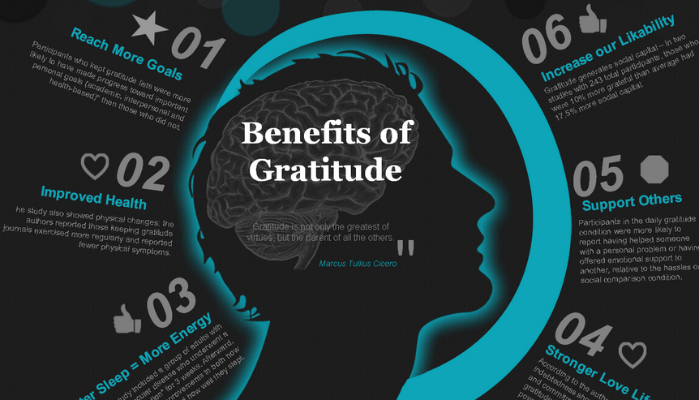
Gratitude is a personality trait, a mood, and an emotion. As an emotion, gratitude is a feeling of happiness that comes from appreciation. While under a grateful mood, grateful emotions are more likely to traffic. … Gratitude is considered a core component of many religions.
While under a grateful mood, grateful emotions are more likely to be present and manifest more facts to be grateful for .
It’s that time of year where many people begin thinking about everything they have to be thankful for. Although it’s nice to count your blessings on Thanksgiving, being thankful throughout the year could have tremendous benefits on your quality of life.
In fact, gratitude may be one of the most overlooked tools that we all have access to every day. Cultivating gratitude doesn’t cost any money and it certainly doesn’t take much time, but the benefits are enormous.
Increased gratitude is a common result of practicing mindfulness. As we start paying more attention to our thoughts and we became more aware, we notice where we block ourselves from appreciating the good things in life. For example, that you always used to get angry when stuck in traffic, but now when you bring your focus to where you are (rather than where you want to get to) you notice things such as the song on the radio or a beautiful scene beyond the car window and we detach from the feeling of powerless and enjoy life more, with gratitude we can manage the frustration of trying to control everything in our lives and the circumstances around us creating anxiety and much stress. We can’t feel grateful for things we don’t notice, and so mindfulness and gratitude go hand-in-hand.
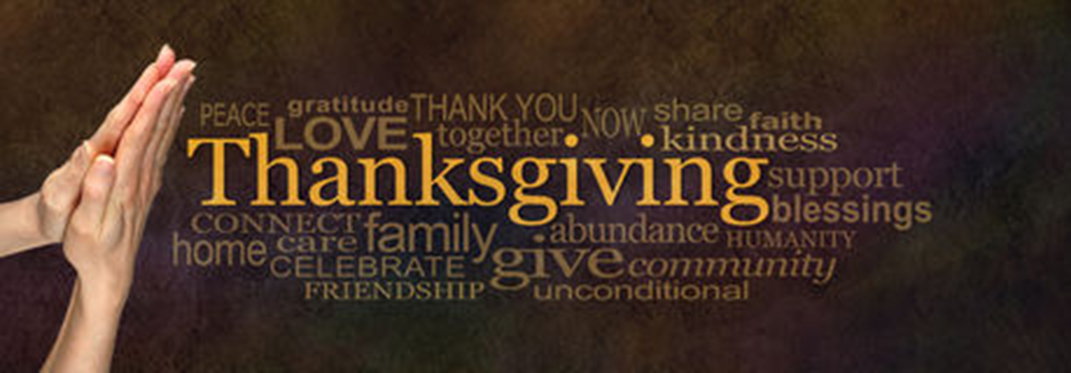
According to Wikipedia: https://en.wikipedia.org/wiki/Gratitude
Association with well-being
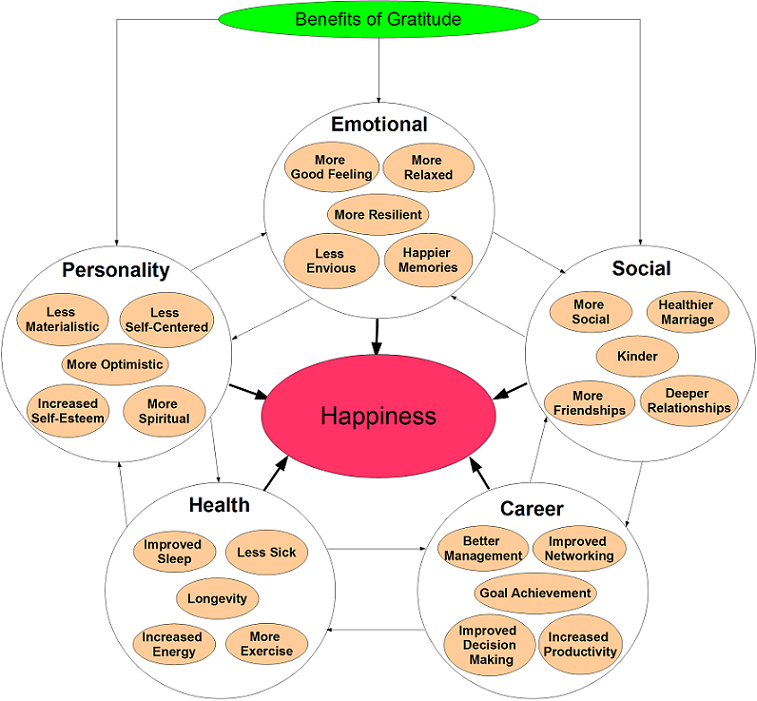
A large body of recent work has suggested that people who are more grateful have higher levels of subjective well-being. Grateful people are happier, less depressed, less stressed, and more satisfied with their lives and social relationships Specifically, in terms of depression, gratitude may serve as a buffer by enhancing the coding and retrievability of positive experiences. Grateful people also have higher levels of control of their environments, personal growth, purpose in life, and self-acceptance and Happiness. Grateful people have more positive ways of coping with the difficulties they experience in life, being more likely to seek support from other people, reinterpret and grow from experiences, and spend more time planning how to deal with the problem. Grateful people also have less negative coping strategies, being less likely to try to avoid the problem, deny there is a problem, blame themselves, or cope through substance abuse. Grateful people sleep better, and this seems to be because they think less negative and more positive thoughts.
Gratitude has been said to have one of the strongest links with the mental health of any character trait. Numerous studies suggest that grateful people are more likely to have higher levels of happiness and lower levels of stress and depression.
While many emotions and personality traits are important to well-being, there is evidence that gratitude may be uniquely important. First, a longitudinal study showed that people who were more grateful coped better with a life transition. Specifically, people who were more grateful before the transition were less stressed, less depressed, and more satisfied with their relationships three months later.. Second, two recent studies have suggested that gratitude may have a unique relationship with well-being, and can explain aspects of well-being that other personality traits cannot. Both studies showed that gratitude was able to explain more well-being than the Big Five and 30 of the most commonly studied personality traits.
Psychological interventions
Given that gratitude appears to be a strong determinant of people’s well-being, several psychological interventions have been developed to increase gratitude.For example, Watkins and colleagues had participants test a number of different gratitude exercises, such as thinking about a living person for whom they are grateful, writing about someone for whom they are grateful, and writing a letter to deliver to someone for whom they are grateful. Participants in the control condition were asked to describe their living room. Participants who engaged in a gratitude exercise showed increases in their experiences of positive emotion immediately after the exercise, and this effect was strongest for participants who were asked to think about a person for whom they are grateful. Participants who had grateful personalities, to begin with, showed the greatest benefit by experiencing these gratitude exercises. In another study concerning gratitude, participants were randomly assigned to one of six therapeutic intervention conditions designed to improve the participants’ overall quality of life (Seligman et al., 2005). Out of these conditions, it was found that the biggest short-term effects came from a “gratitude visit” where participants wrote and delivered a letter of gratitude to someone in their life. This condition showed a rise in happiness scores by 10 percent and a significant fall in depression scores, results which lasted up to one month after the visit. Out of the six conditions, the longest lasting effects were associated with the act of writing “gratitude journals” where participants were asked to write down three things they were grateful for every day. These participants’ happiness scores also increased and continued to increase each time they were tested periodically after the experiment. In fact, the greatest benefits were usually found to occur around six months after treatment began. This exercise was so successful that although participants were only asked to continue the journal for a week, many participants continued to keep the journal long after the study was over and stay on that great feeling of Gratitude. Similar results have been found from studies conducted by Emmons and McCullough (2003) and Lyubomirsky et. all. (2005). See also gratitude journal.
Recently (2013), the Greater Good Science Center at the University of California, Berkeley, has been offering awards for dissertation-level research projects with the greatest potential to advance the science and practice of gratitude.
Gratitude, according to current research, can do anything from helping you to achieve your goals more fluidly, to improving your skills of empathy and resilience. Through a cutting edge study supported by the John Templeton Foundation, Dr. Robert Emmons et al engaged in a long-term project designed to accumulate and disseminate scientific data on the nature of gratitude and its potential impact on human health and well-being. What they discovered makes gratitude seem like a very good idea on several fronts.
This does not mean that grateful people deny or ignore life’s negative aspects, only that their feelings of thankfulness and appreciation act as a protective factor against life’s problems keeping them down. Resilience in the making!
So as we can see GRATITUDE is life changing and beneficial on so many levels.
THANKSGIVING BECOMES AN OFFICIAL HOLIDAY
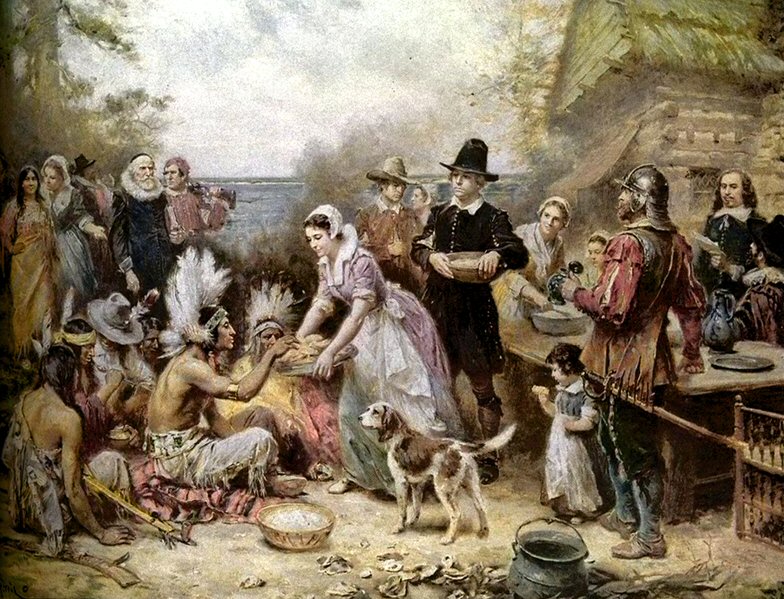
According to http://www.history.com/topics/thanksgiving/first-thanksgiving-meal
Pilgrims held their second Thanksgiving celebration in 1623 to mark the end of a long drought that had threatened the year’s harvest and prompted Governor Bradford to call for a religious fast. Days of fasting and thanksgiving on an annual or occasional basis became common practice in other New England settlements as well. During the American Revolution, the Continental Congress designated one or more days of thanksgiving a year, and in 1789 George Washington issued the first Thanksgiving proclamation by the national government of the United States; in it, he called upon Americans to express their gratitude for the happy conclusion to the country’s war of independence and the successful ratification of the U.S. Constitution. His successors John Adams and James Madison also designated days of thanks during their presidencies.
In 1817, New York became the first of several states to officially adopt an annual Thanksgiving holiday; each celebrated it on a different day, however, and the American South remained largely unfamiliar with the tradition. In 1827, the noted magazine editor and prolific writer Sarah Josepha Hale—author, among countless other things, of the nursery rhyme “Mary Had a Little Lamb”—launched a campaign to establish Thanksgiving as a national holiday. For 36 years, she published numerous editorials and sent scores of letters to governors, senators, presidents and other politicians. Abraham Lincoln finally heeded her request in 1863, at the height of the Civil War, in a proclamation entreating all Americans to ask God to “commend to his tender care all those who have become widows, orphans, mourners or sufferers in the lamentable civil strife” and to “heal the wounds of the nation.” He scheduled Thanksgiving for the final Thursday in November, and it was celebrated on that day every year until 1939 when Franklin D. Roosevelt moved the holiday up a week in an attempt to spur retail sales during the Great Depression. Roosevelt’s plan, known derisively as Franksgiving, was met with passionate opposition, and in 1941 the president reluctantly signed a bill making Thanksgiving the fourth Thursday in November.
THANKSGIVING TRADITIONS

In many American households, the Thanksgiving celebration has lost much of its original religious significance; instead, it now centers on cooking and sharing a bountiful meal with family and friends. Turkey, a Thanksgiving staple so ubiquitous it has become all but synonymous with the holiday, may or may not have been on offer when the Pilgrims hosted the inaugural feast in 1621. Today, however, nearly 90 percent of Americans eat turkey for the most part—whether roasted, baked or deep-fried—on Thanksgiving, according to the National Turkey Federation. Other traditional foods include stuffing, mashed potatoes, cranberry sauce and pumpkin pie and pecan pie to mention a few dishes. Volunteering is a common Thanksgiving Day activity, and communities often hold food drives and host free dinners for the less fortunate.
As an annual celebration of the harvest and its bounty, moreover, Thanksgiving falls under a category of festivals that spans cultures, continents and millennia. In ancient times, the Egyptians, Greeks, and Romans feasted and paid tribute to their gods after the fall harvest. Thanksgiving also bears a resemblance to the ancient Jewish harvest festival of Sukkot. Finally, historians have noted that Native Americans had a rich tradition of commemorating the fall harvest with feasting and merrymaking long before Europeans set foot on their shores.
Fun facts about Thanksgiving
• The first Thanksgiving was held in the autumn of 1621 and included 50 Pilgrims and 90 Wampanoag Indians and lasted three days. Many historians believe that only five women were present at that first Thanksgiving, as many women settlers didn’t survive that difficult first year in the U.S.
• Thanksgiving didn’t become a national holiday until over 200 years later! Sarah Josepha Hale, the woman who actually wrote the classic song “Mary Had a Little Lamb,” convinced President Lincoln in 1863 to make Thanksgiving a national holiday, after writing letters for 17 years campaigning for this to happen.
• No turkey on the menu at the first Thanksgiving: Historians say that no turkey was served at the first Thanksgiving! What was on the menu? Deer or venison, ducks, geese, oysters, lobster, eel, and fish. They probably ate pumpkins, but no pumpkin pies. They also didn’t eat mashed potatoes or cranberry relish, but they probably ate cranberries.
• No forks at the first Thanksgiving! The first Thanksgiving was eaten with spoons and knives — but no forks! That’s right, forks weren’t even introduced to the Pilgrims until 10 years later and weren’t a popular utensil until the 18th century.
• Thanksgiving is the reason for TV dinners! In 1953, Swanson had so much extra turkey (260 tons) that a salesman told them they should package it onto aluminum trays with other sides like sweet potatoes — and the first TV dinner was born!
• Thanksgiving was almost a fast — not a feast! The early settlers gave thanks by praying and abstaining from food, which is what they planned on doing to celebrate their first harvest, that is until the Wampanoag Indians joined them and (lucky for us!) turned their fast into a three-day feast!
• Presidential pardon of a turkey: Each year, the president of the U.S pardons a turkey and spares it from being eaten for Thanksgiving dinner. The first turkey pardon ceremony started with President Truman in 1947. President Obama pardoned a 45-pound turkey named Courage, who has flown to Disneyland and served as Grand Marshal of the park’s Thanksgiving Day parade!
• Why is Thanksgiving the fourth Thursday in November? President Abe Lincoln said Thanksgiving would be the fourth Thursday in November, but in 1939 President Roosevelt moved it up a week hoping it would help the shopping season during the Depression era. It never caught on and it was changed back two years later.
• The Macy’s Thanksgiving Day Parade began in 1924 with 400 employees marching from Convent Ave to 145th street in New York City. No large balloons were at this parade, as it featured only live animals from Central Park Zoo.
• Turkey isn’t responsible for drowsiness or the dreaded “food coma.” So what
• is? Scientists say that extra glass of wine, the high-calorie meal or relaxing after a busy work schedule is what makes you drowsy!
• How did the tradition of watching football on Thanksgiving start? The NFL started the Thanksgiving Classic games in 1920 and since then the Detroit Lions and the Dallas Cowboys have hosted games on Turkey Day. In 2006, a third game was added with different teams hosting.
• Wild turkeys can run 20 miles per hour when they are scared, but domesticated turkeys that are bred are heavier and can’t run quite that fast.
Thanksgiving trivia quick facts — the speed round!
• Benjamin Franklin wanted the turkey to be the national bird, not the eagle.
• Americans eat 46 million turkeys each Thanksgiving.
• The heaviest turkey on record, according to the Guinness Book of Records, weighs 86 pounds.
• Californians consume the most turkey in the U.S. on Thanksgiving Day!
• Female turkeys (called hens) do not gobble. Only male turkeys gobble.
• The average turkey for Thanksgiving weighs 15 pounds.
• Campbell’s soup created green bean casserole for an annual cookbook 50 years ago. It now sells $20 million worth of cream of mushroom soup.
According to the U.S. Census Bureau, Minnesota is the top turkey-producing state in America, with a planned production total of 46.5 million in 2011. Six states—Minnesota, North Carolina, Arkansas, Missouri, Virginia, and Indinia—account for nearly two-thirds of the 248 million turkeys that will be raised in the U.S. this year.
The National Turkey Federation estimated that 46 million turkeys — one-fifth of the annual total of 235 million consumed in the United States—were eaten at Thanksgiving.
In a survey conducted by the National Turkey Federation, nearly 88 percent of Americans said they eat turkey at Thanksgiving. The average weight of turkeys purchased for Thanksgiving is 15 pounds, which means some 690 million pounds of turkey were consumed in the U.S. during Thanksgiving in 2007.
Cranberry production in the U.S. is expected to reach 750 million pounds in 2011. Wisconsin, Massachusetts, New Jersey, Oregon, and Washington are the top cranberry-growing states.
Illinois, California, Pennsylvania and New York are the major pumpkin-growing states, together they produced 1.1 billion pounds of pumpkin in 2010. Total U.S. production was over 1.5 billion pounds.
The sweet potato is most plentifully produced in North Carolina, which grew 972 million pounds of the popular Thanksgiving side dish vegetable in 2010. Other sweet potato powerhouses included California and Mississippi, and the top producing states together generated over 2.4 billion pounds of the tubers.
According to the Guinness Book of World Records, the largest pumpkin pie ever baked weighed 2,020 pounds and measured just over 12 feet long. It was baked on October 8, 2005 by the New Bremen Giant Pumpkin Growers in Ohio, and included 900 pounds of pumpkin, 62 gallons of evaporated milk, 155 dozen eggs, 300 pounds of sugar, 3.5 pounds of salt, 7 pounds of cinnamon, 2 pounds of pumpkin spice and 250 pounds of crust.
Three towns in the U.S. take their name from the traditional Thanksgiving bird, including Turkey, Texas (pop. 465); Turkey Creek, Louisiana (pop. 363); and Turkey, North Carolina (pop. 270).
Originally known as Macy’s Christmas Parade—to signify the launch of the Christmas shopping season—the first Macy’s Thanksgiving Day Parade took place in New York City in 1924. It was launched by Macy’s employees and featured animals from the Central Park Zoo. Today, some 3 million people attend the annual parade and another 44 million watch it on television.
Tony Sarg, a children’s book illustrator, and puppeteer, designed the first giant hot air balloons for the Macy’s Thanksgiving Day Parade in 1927. He later created the elaborate mechanically animated window displays that grace the façade of the New York store from Thanksgiving to Christmas.
Snoopy has appeared as a giant balloon in the Macy’s Thanksgiving Day Parade more times than any other character in history. As the Flying Ace, Snoopy made his sixth appearance in the 2006 parade.
The first time the Detroit Lions played football on Thanksgiving Day was in 1934, when they hosted the Chicago Bears at the University of Detroit stadium, in front of 26,000 fans. The NBC radio network broadcast the game on 94 stations across the country–the first national Thanksgiving football broadcast. Since that time, the Lions have played a game every Thanksgiving (except between 1939 and 1944); in 1956, fans watched the game on television for the first time.
A lot of cranberries are needed to accompany all that turkey on Thanksgiving. In all, 768 million lbs. (350 million kilograms) of cranberries were produced in the United States last year. Two states — Wisconsin and Massachusetts — were responsible for most of the production, producing 450 million and 210 million lbs. (200 million and 95 million kg) of cranberries, respectively.
How sweet it is
Satisfying America’s sweet tooth takes a few billion pounds of sweet potatoes. Last year alone the United States produced 2.6 billion lbs. (1 billion kg) of sweet potatoes. North Carolina led production with 1.2 billion lbs. (0.5 billion kg).
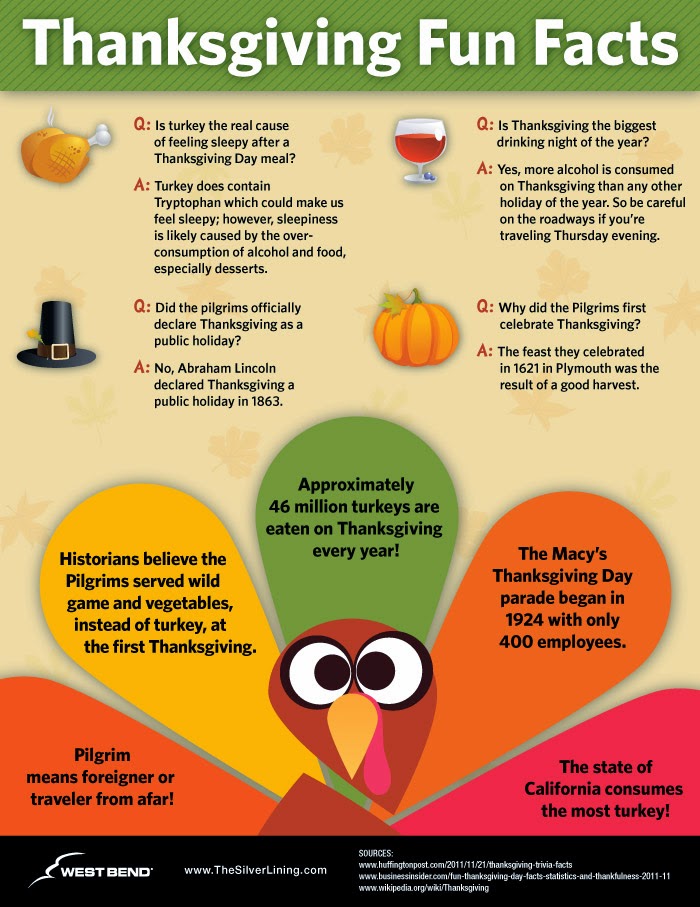
Great Thanksgiving recipes
Green Chile Cornbread
- 1 cup cornmeal, preferably stone ground
- 1 cup whole wheat pastry flour or spelt flour
- 1 teaspoon baking soda
- ½ teaspoon baking powder
- 1 teaspoon salt
- 6-ounce container plain coconut yogurt or ¾ cup applesauce
- ¼ cup olive oil
- ⅓ cup unsweetened nondairy milk or more as needed
- 1 to 2 small fresh hot chile peppers, seeded and minced, or one 4-ounce can chopped mild green chilies
- ½ cup frozen corn kernels, thawed
- ¾ cup grated vegan cheddar cheese, optional (but highly recommended!)
- Preheat the oven to 400 degrees F.
- Combine the first 6 (dry) ingredients in a mixing bowl and stir together.
- Make a well in the center of the dry ingredients. Pour in the yogurt or applesauce, oil, and half of the rice milk. Stir until well combined, adding just a bit more nondairy milk if needed to make a smooth, slightly stiff batter, but don’t let the batter be too wet.
- Stir in the chilies and corn kernels.
- Pour the mixture into an oiled 9-inch-square baking pan. Bake for 20 to 25 minutes, or until the top is golden and a knife inserted in the center tests clean.
- Let cool slightly; cut into 3 sections in one direction and 4 in the other to create 12 squares. Serve warm.
Read more at
VEGAN STUFFINGS
- 2½ cups prepared vegetable broth, or 2½ cups water with 1 vegetable bouillon cube
- ⅔ cup raw wild rice
- 1½ tablespoons olive oil
- 1 medium red onion, chopped
- 1 large celery stalk, diced
- 2 medium firm pears (such as bosc), cored and diced
- 4 cups finely diced whole grain bread
- ⅓ cup dried cranberries
- ¼ cup finely chopped pecans or walnuts
- 1 tablespoon salt-free seasoning blend (like Frontier or Mrs. Dash)
- ¼ to ½ teaspoon dried thyme, to taste
- Salt and freshly ground pepper to taste
- ½ cup apple or pear juice, or as needed
- Bring the broth to a simmer in a small saucepan. Stir in the wild rice, then cover and simmer gently until the water is absorbed, about 35 minutes.
- Preheat the oven to 375 degrees F.
- Heat the oil in a medium-sized skillet. Add the onion and sauté until translucent. Add the celery and sauté over medium heat until both are golden.
- Combine the onion-celery mixture with the cooked wild rice and all the remaining ingredients except the apple juice in a mixing bowl. Stir well to combine.
- Drizzle the apple juice in slowly, stirring all the while until the mixture is evenly moistened.
- Transfer the mixture to a lightly oiled large shallow baking dish. Bake for 30 to 35 minutes, or until the top begins to get slightly crusty.
Read more at http://www.vegkitchen.com/recipes/cranberry-pear-wild-rice-stuffing/#5mrJceqtAuPhrTHI.99
Vegetable Bread Pudding
Serves: 6
- 5 slices crusty, dense whole grain bread, torn into small pieces
- 1/2 cup unsweetened rice milk or other nondairy milk
- 1 tablespoon olive oil
- 1 large onion, finely chopped
- 4 to 5 cups finely chopped vegetables of your choice (see options, below)
- 1 grated mozzarella- or cheddar-style nondairy cheese
- 1/4 cup vegan mayonnaise
- 1/4 cup chopped fresh parsley
- 1 tablespoon minced fresh dill or 1/2 teaspoon dried
- 1/2 teaspoon paprika
- 1/2 teaspoon dried basil or thyme
- Salt and freshly ground pepper to taste
- Sesame or poppy seeds for topping
Preheat the oven to 375 degrees F.
Place the torn bread in a mixing bowl and pour the nondairy milk over it. Stir to moisten the bread, then set aside until needed.
Heat the oil in a large skillet. Add the onion and sauté over medium-low heat until the golden and just beginning to turn brown.
Add the vegetables of your choice and just enough water to keep the skillet moist; cover and steam until just tender, 5 to 8 minutes. Drain off any liquid that has remained.
Combine the vegetable mixture with the bread in the bowl and stir in the remaining ingredients. Mix well, then transfer to a shallow 1 1/2-quart baking dish. Sprinkle some sesame seeds over the top.
Bake for 35 to 40 minutes, or until the top is golden and just beginning to turn crusty. Let stand for 5 to 10 minutes, then cut into squares or wedges to serve.
VEGETABLE OPTIONS:
You can use a single vegetable, or combine two or three. You’ll need a total of 4 to 5 cups raw vegetables, prepared as instructed below.
- Broccoli, finely chopped and steamed
- Cauliflower, finely chopped and steamed
- Small zucchini, thinly sliced
- Peeled and diced eggplant, steamed
- Firm, ripe tomatoes, diced
- Corn kernels (cooked fresh or thawed frozen)
- Mushrooms, cleaned and sliced
Read more at http://www.vegkitchen.com/recipes/vegetable-bread-pudding/#WMZKyWL2GdAA0rjI.99
Around the World Wine Chest
A world map keepsake chest holds French Beaujolais Burgundy, rich Italian Tormaresca red, and an unforgettable menu of globe-spanning fare.
Indulgent Harvest Crate
An enduring crate features an open window glimpse into healthy indulgence – dried stone fruits, fresh jumbo cashews, chocolate dipped apricots and more.
Kenneth Cole New York Chevron Quilted Coat with Fur Hood
You’ll stay warm, cozy, and stylish in this Kenneth Cole New York® jacket.
UGG Becket
Get ready to stomp through cold-weather temps with the Becket boot from UGG®.
UGG Patsy
Buckle up your chic style with the Patsy boot from Ugg®.



